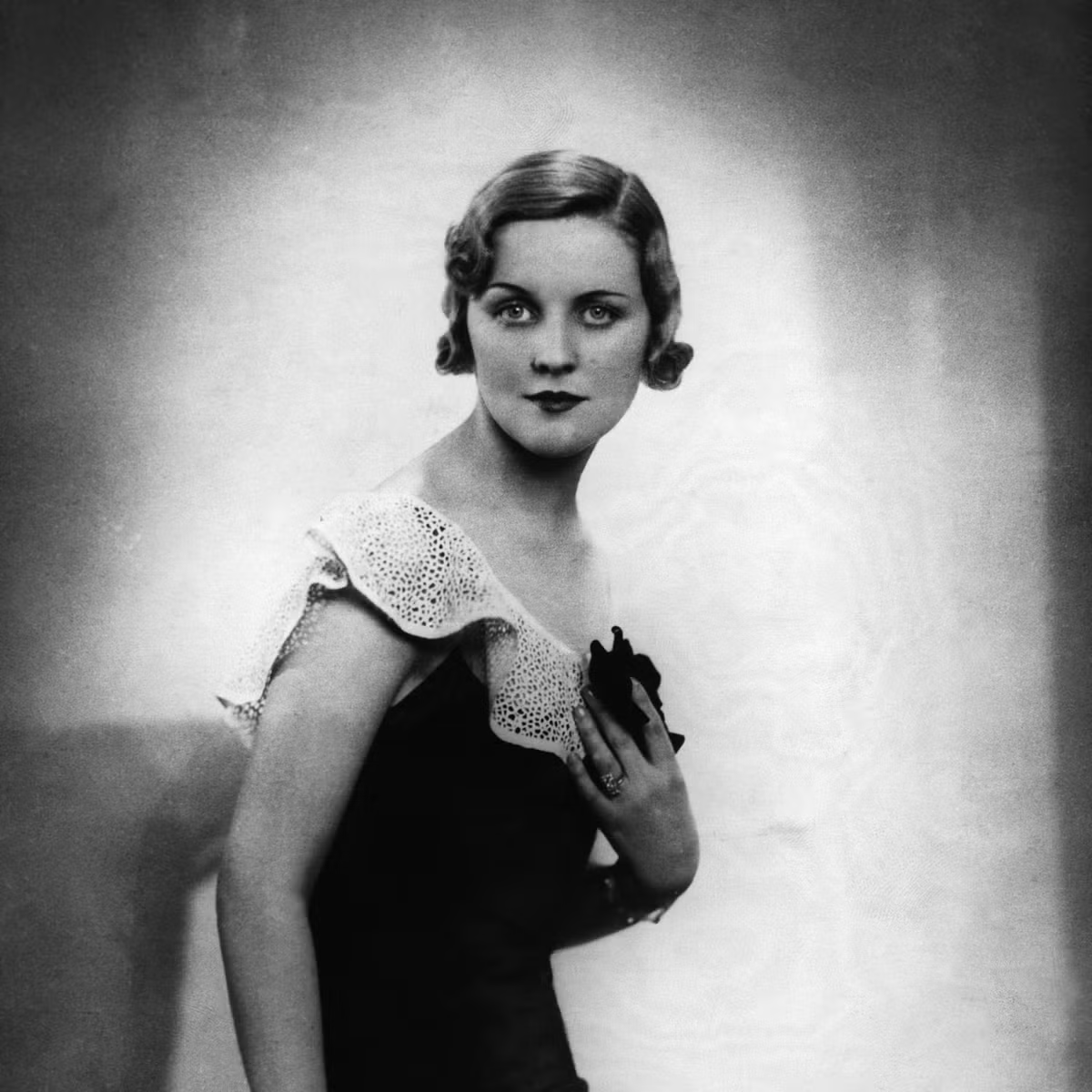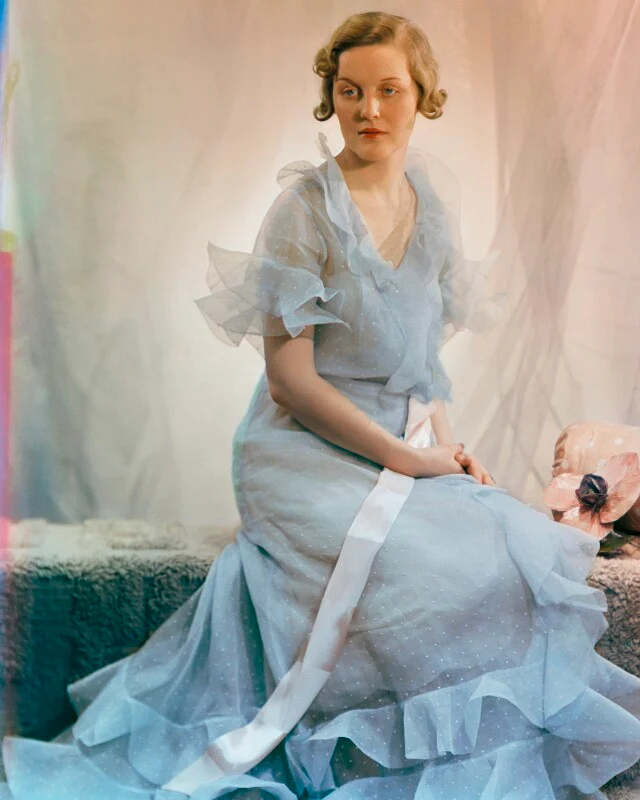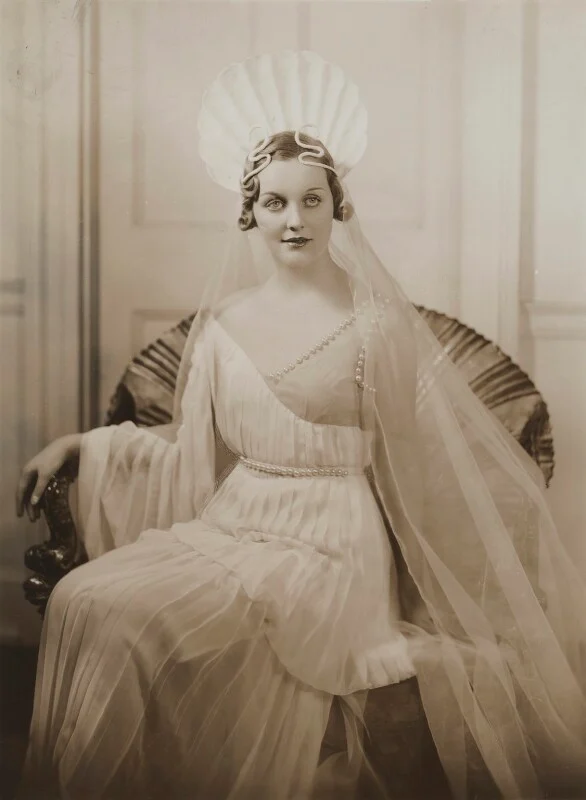“From Glamour to Infamy: The Life of Diana Mitford”

Early Life and Family Background
Diana Freeman-Mitford was born on June 17, 1910, into the aristocratic Mitford family, one of Britain’s most famous and controversial families. She was the fourth of the six Mitford sisters, known for their beauty, wit, and strong personalities. The Mitford family lived in England and was part of the upper class, with close ties to political and cultural elites.
The sisters became famous in British society for their often divergent political views and scandalous behaviors. Diana, along with her sisters, was educated privately and brought up in an environment that encouraged socializing in elite circles.

Marriages and Personal Life
First Marriage to Bryan Guinness
In 1929, Diana married Bryan Guinness, heir to the Guinness brewing fortune. The marriage was initially seen as a great match between two wealthy and influential families. They had two sons together.
However, the marriage started to falter as Diana grew more interested in political activism and social circles beyond the typical aristocratic life. The couple eventually divorced in 1933, amid Diana’s growing fascination with fascist politics.
Relationship with Sir Oswald Mosley
In 1934, Diana met Sir Oswald Mosley, the charismatic leader of the British Union of Fascists (BUF). Mosley was a controversial figure, admired by some for his leadership and reviled by others for his extreme right-wing views.
Diana and Oswald’s relationship quickly developed, and they married in 1936, shortly after Diana’s divorce from Guinness was finalized. Their wedding attracted significant media attention and public scandal, partly because it took place in Nazi Germany, with Adolf Hitler reportedly attending the ceremony as a guest. This association fueled widespread condemnation of Diana in Britain.
Political Involvement and Controversy
Diana Mitford was an active supporter of fascism and was deeply involved in her husband’s political activities. She was known for her unwavering loyalty to Oswald Mosley and her belief in the fascist cause, which included admiration for leaders like Mussolini and Hitler.
- The couple promoted fascist ideology in Britain during the 1930s, organizing rallies and speaking publicly.
- Diana was often seen as a symbol of the “aristocratic fascist,” blending upper-class privilege with extremist politics.
- Her political stance led to her social ostracism from many parts of British society.
World War II and Internment
When World War II broke out, the British government saw Mosley and Diana as threats to national security due to their fascist ties and possible Nazi sympathies.
- In 1940, both Diana and Oswald Mosley were interned under Defence Regulation 18B, which allowed the detention of individuals suspected of being Nazi sympathizers.
- They were held for nearly three years, during which time Diana reportedly remained defiant and loyal to her beliefs.
- Their internment was widely publicized and contributed to the public’s negative perception of them.
Post-War Life
After the war, Oswald Mosley and Diana Mitford lived largely in exile, spending much time in France. Although their political influence had waned considerably, they remained committed to each other.
- Diana focused more on family life and writing.
- She authored memoirs reflecting on her life, though her fascist past remained a shadow over her legacy.
- The couple had a third son after the war.
Diana lived a quieter life in later years, though she remained a figure of fascination due to her controversial past and social connections.

Death and Legacy
Diana Mitford died on August 11, 2003, at the age of 93. She is remembered as a complex figure:
- A celebrated socialite with undeniable charm and beauty.
- A committed fascist whose political beliefs led to her social exile.
- Part of the legendary Mitford family, which left a lasting mark on British cultural and political history.
Her life has been the subject of numerous biographies, documentaries, and fictional portrayals, reflecting the ongoing interest in her contradictory legacy.




